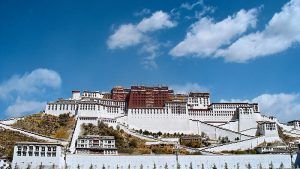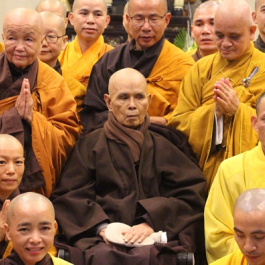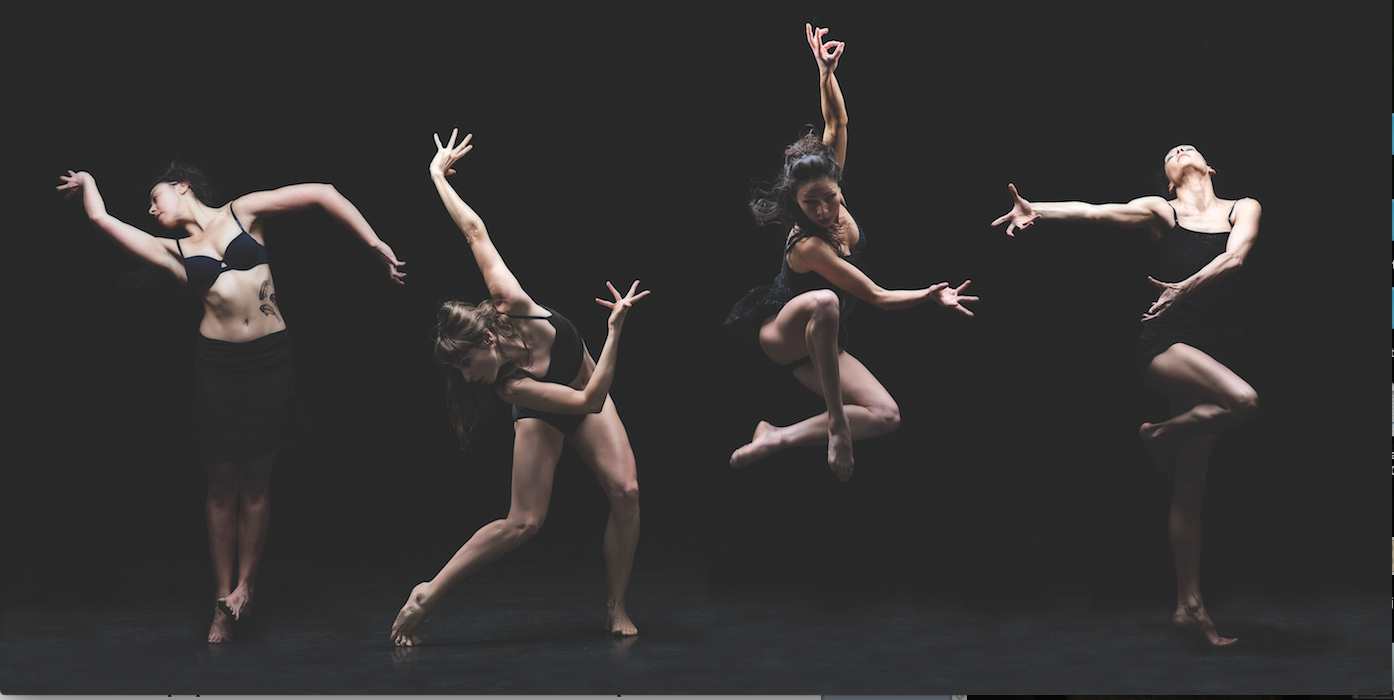
My 2020 wish for readers of this column, Ancient Dances, is that you dance in the reality you have. Perhaps it is not possible to dance with the authenticity of an ancient unbroken transmission. It is still possible to dance with the authenticity of oneself. Perhaps you are displaced, or out of place, or lost in space? You can always dance in the space you make yourself, in the mandala of your own body. Perhaps your ethnicity, your race, your ancient heritage, or your cultural origin has been trampled on, disrespected, and beaten down? You can still summon cultural pride by reaching for your ancestral roots to stamp and stomp and jump and defy millennia of abuse.
Ancient dance is always now. Otherwise it is merely a representation of an ancient dance. But if the embodied forms move, the ancient dance lives, in whatever fragmented or transfigured form. As media, civics, and culture expert Dr. Sangita Shresthova reminds us: “Everybody’s modern.” When we get a Buddhist initiation, or practice Taoist internal alchemy, or perform Indian classical dance, or intone, “Om Mani Padme Hum,” or utter the “Hail Mary,” it may be that we are not doing in the same way they were in the 12th century. That may not be the point.
We are different people on Earth now. However we envision our relationship with an ancient teaching that involves personal practice, we make it alive; our practice gives it the respect of life itself. Believe in your animating nature. Transmission—how dance has always worked—is the stuff of life and nothing else. Transmitted behavior is not books, nor art, nor architecture, nor archeology. It is people passing wisdom and action on to other people, generations giving generations what is valuable about living. It is personal practice. They call it practice for a reason: we have to do it, again and again, so that what secrets of living are inherent can become manifest in our daily lives.
What follows here are a few examples—of Cambodian apsaras, spiritual angels who survived the bloodiest massacres and the destruction of a royal court, to continue honoring the divine with supreme beauty of form, as refugees; of modern globalized women who embody multiple performance traditions, reflecting their world and their journeys; and of aboriginal dancers who use the means at hand to re-convene and gather together, to perform their stories and ceremonies and dances as the ancestors did, while at the same time creating a form the world has never seen. There is beauty and inspiration in each of these examples.
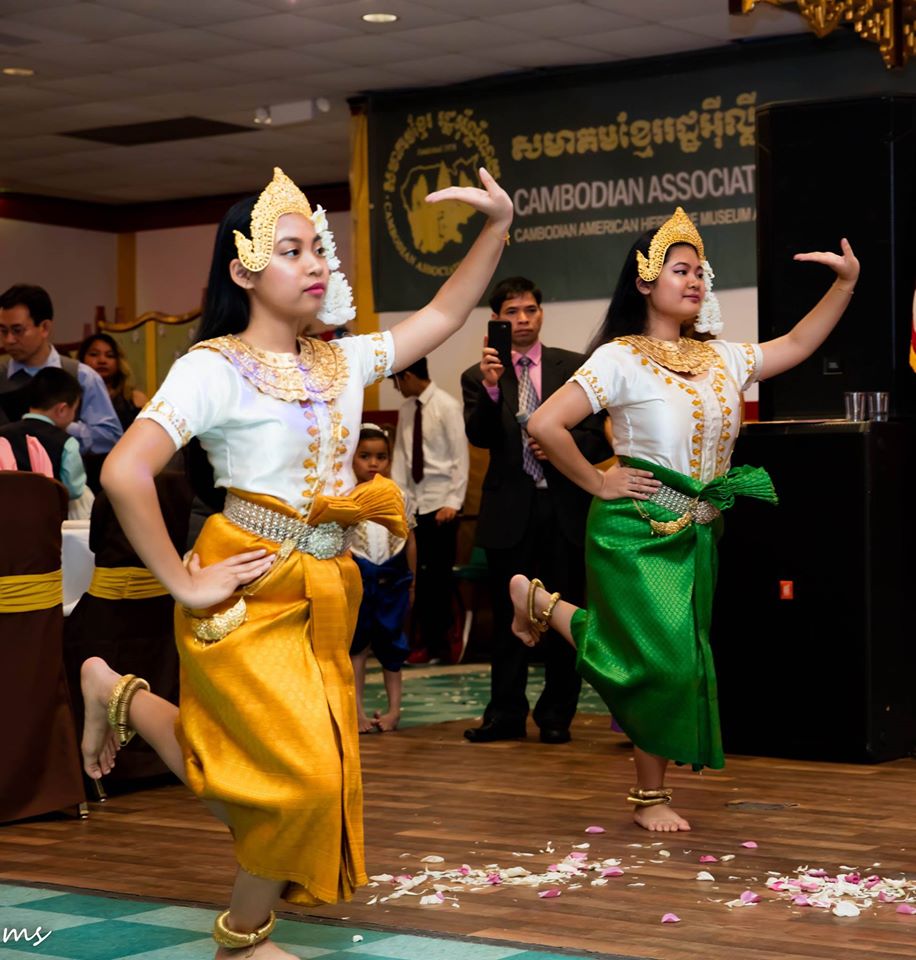
Image courtesy of the Killing Fields Museum
At the Killing Fields Museum in Chicago, refugees from Cambodia have made a home for the remembrance and practice of their Cambodian heritage. Children of refugees who escaped the brutal massacres at home, study with refugees, who studied with refugees, who learned from masters of dance of the Cambodian Royal Court. Cambodian classical dance has one of the more rarified aesthetics in dance: slow, serious, gorgeous, transcendent—not really modern qualities. How does an 11-year-old girl find and express those qualities today? Why does she want to?
Anneth Houy, arrived in the United States as a Cambodian refugee at the age of seven. Remarkably, one of the programs available at the Killing Fields Museum was a course in Cambodian classical dance. Her teachers were refugees who had trained with dance masters in Cambodia. Houy has trained ever since, for 33 years, and is now the teacher of Cambodian classical dance there, as well as other Cambodian folk forms. She has brought dance masters of the former Royal Court to give workshops. They are moved to tears when they encounter groups of young Cambodian-American children today, so keenly driven to learn and perform this quintessential expression of Cambodian culture; one that they will never know or see in its fullest form.
Remarkably, the Jerome Robbins Dance Division of the New York Public Library includes the Khmer Dance Project as a freely available online resource. It is a fine asset for learning about the context of Cambodian classical dance and its survival.
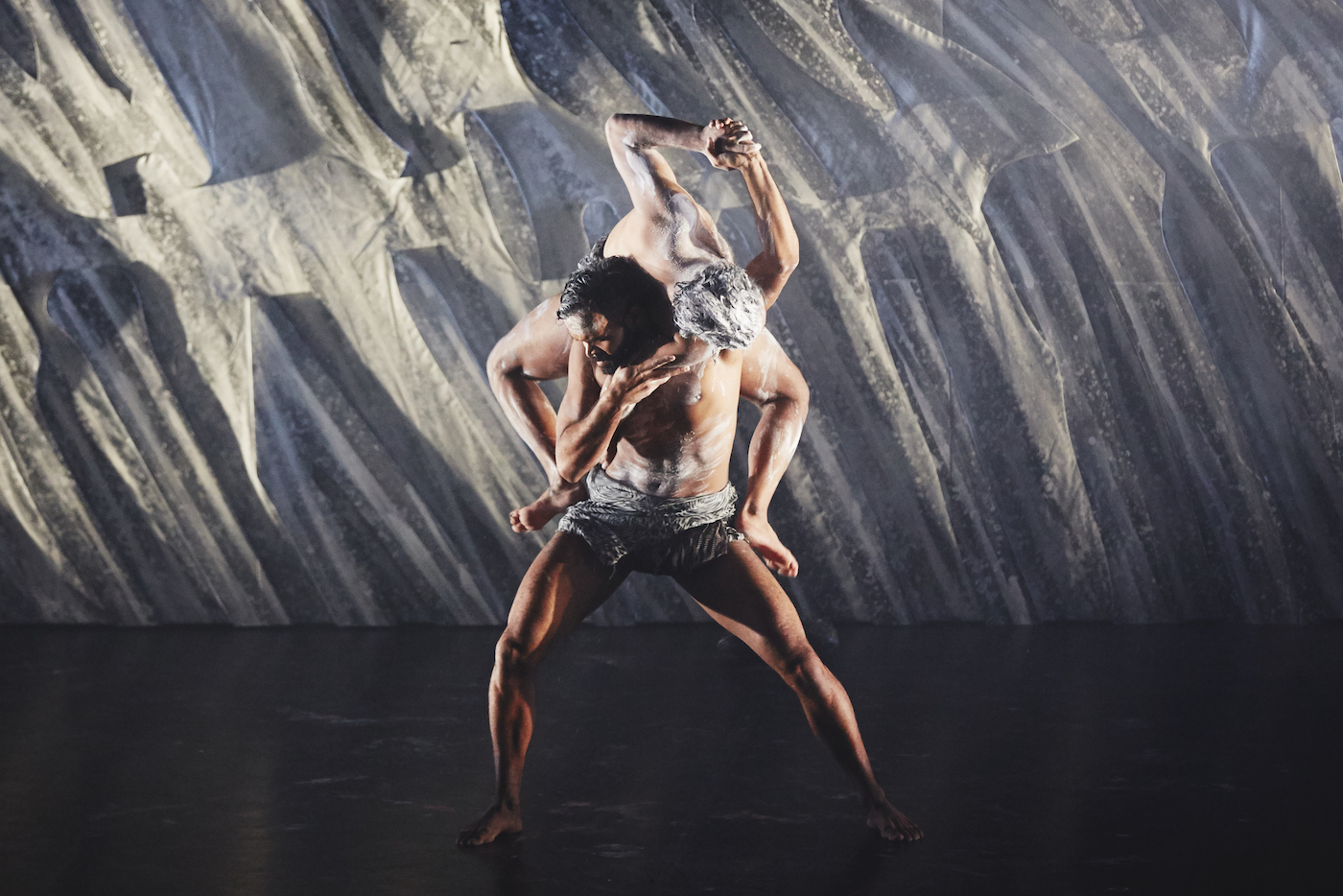
Photo by Edward Mulvilhill. Image courtesy of Bangarra Dance Company
Dancer and actress Ashwaty Chennat was born in Kerala, southern India, to a traditionally trained Bharatanatyam dancer who had experienced a range of negative reactions to her dancing, mostly derived from Western notions of morality. Ignoring these, Ashwaty’s mother taught her Bharatanatyam, and it was not long before they too moved from India as immigrants to the United States. It was there, like so many other young dancers, that Ashwaty became smitten with classical ballet, the classical dance of the West. She did not abandon Bharatanatyam, but studied and performed them both. When the opportunity permitting her to study for a university degree in theater arts arose, she seized it. The wholeness is not in any one tradition. The wholeness is in her. She glows with skill.
It was the perceptive and creative eye of classical Indian dancer Pranita Nayar that saw, once the idealistic baggage that often weighs down understanding and art was tossed aside, that the world is what it is, and navigating it is a personal prerogative as well as a risk. Her dance company, Mandala Performing Arts, presents a staging of Ram Leela for the expat Indian community, an annual, traditional-yet-innovative retelling of the ancient Vedic story of Ram, his beloved Sita and the demon Ravana. Recently it blossomed into something else: a reflection of the times in which we live.
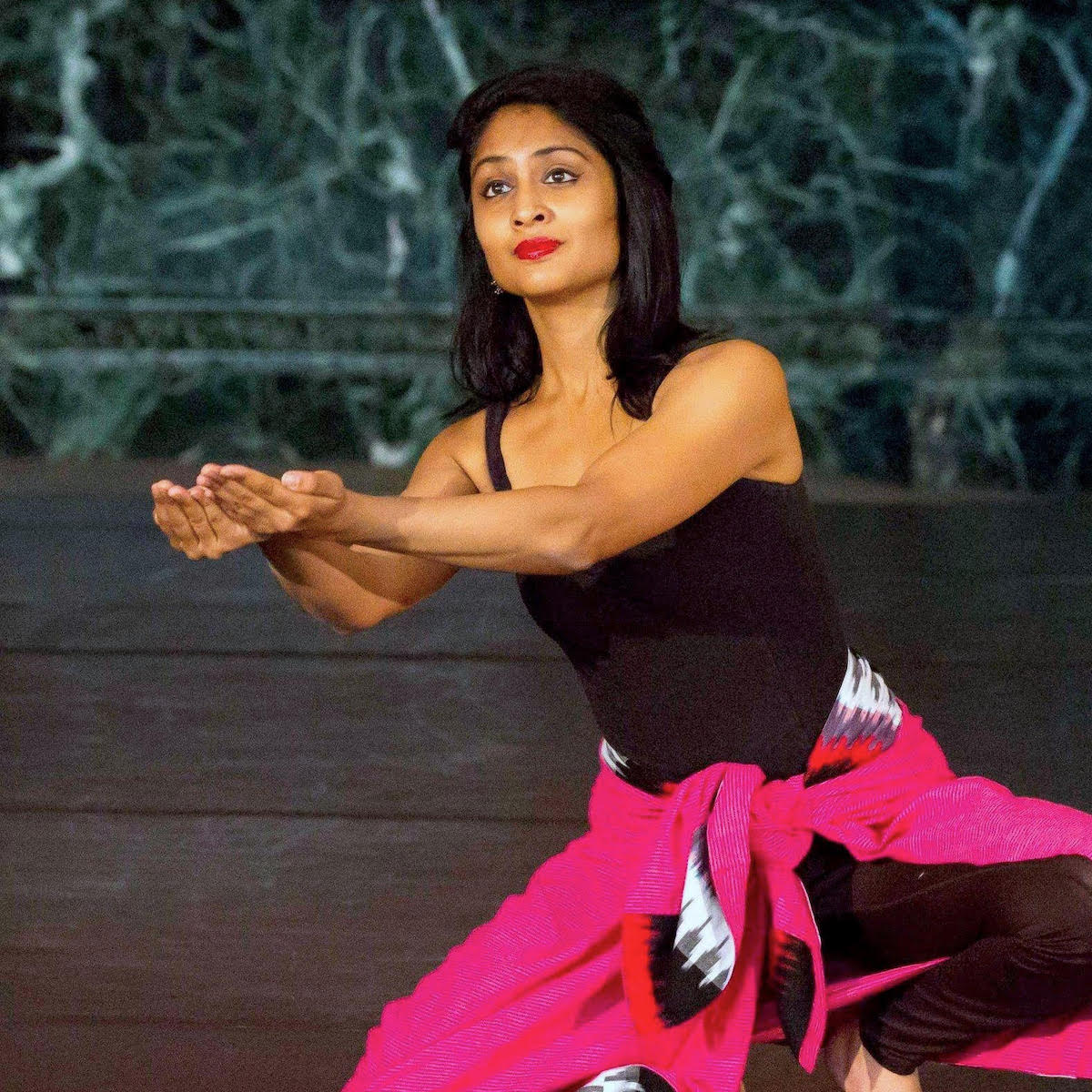
“I saw these Cambodian girls,” Pranita explained to me. “There is also a passionate Indonesian traditional dancer, I Gusti Kertayudha Ngurah, living in the Midwest. I knew Ashwaty from my own classes. These dancers are exquisite in themselves. They are who they are. They love their traditions and they put no blinders on their art. The ancient is alive in them just as the contemporary world shapes them. I had to include them in the Ram Leela—it is a performance for all Chicagoans, no longer only for the expat Indian community. Surely in so complex a story, there is a role for everyone—bringing the glory of who they are to our celebration of the ancient story, for the world, as it is.”
In particular, Ashwaty Chennat took on the role of Hanuman, the mischievous Monkey King who appears in Buddhist, Taoist, and Hindu lore to set people straight about the most confusing, perplexing, and magical realities. Hanuman’s impatience with ignorance is one of his most endearing qualities. Ashwaty summoned all her talents to narrate this labyrinth of a story, as easily breaking into a classical dance, a modern dance, or a dramatic monologue. In her diversity, she was in no way diluted, she was “everyman;” she inhabited the magical “third space.”
One week after the Ram Leela, I attended a performance by the Bangarra Dance Company from Australia, one of the most remarkable dance companies on the planet. Comprised entirely of trained dancers of aboriginal heritage from across the aboriginal communities of Australia, they represent the oldest continuous culture in the world, 65,000 years strong. They are every color from rich blue-black skin, to tawny brown, to pure white.
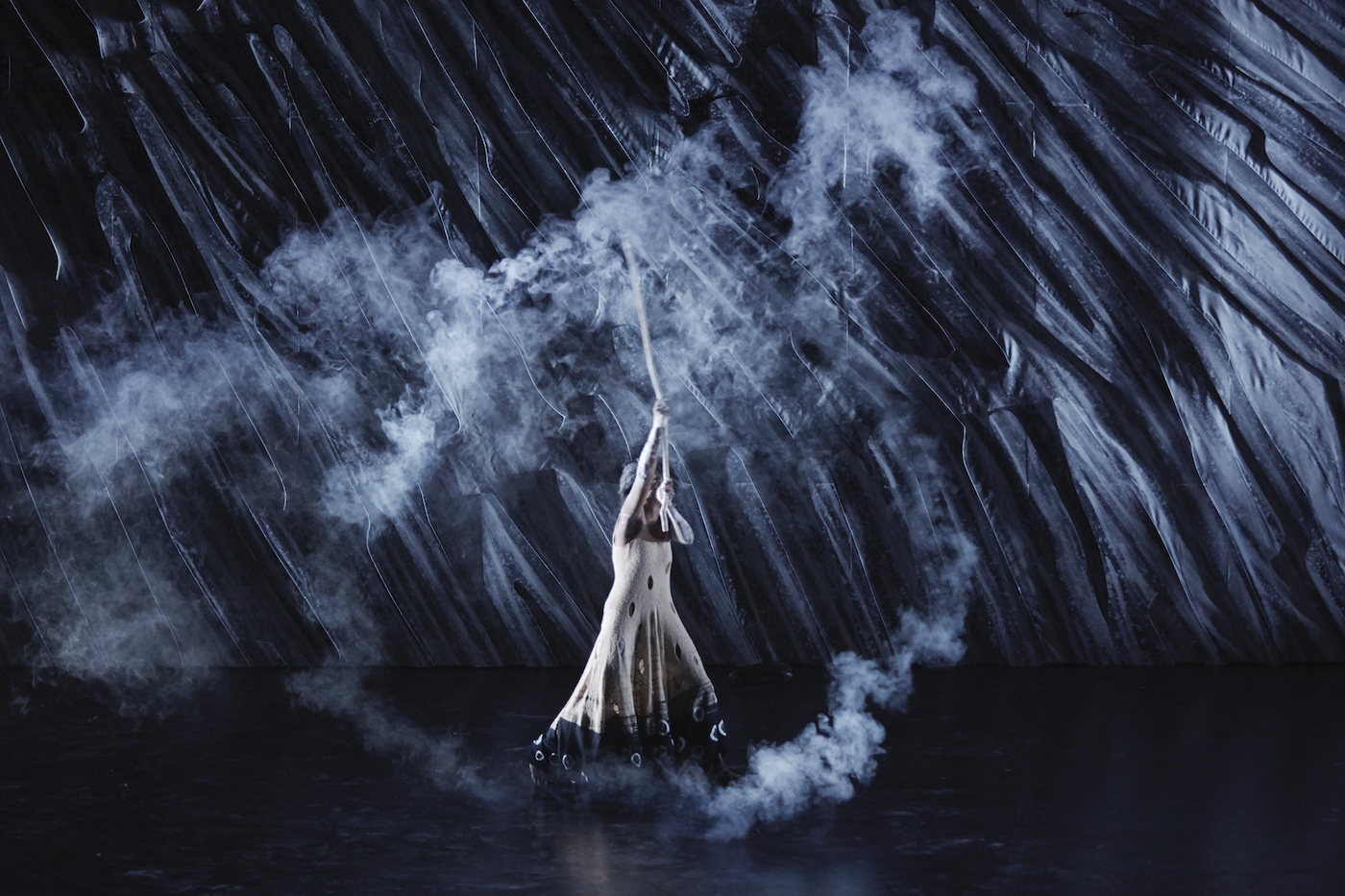
One of the most moving dances was performed by a young man who appeared to be completely white, but was in fact of Aboriginal descent. His dance was a virtuosic and original piece of ancient choreography, of being literally tossed and battered by the waves of Fate, finally to collapse in the bosom of a Great Black Mother. Heartbreaking and beautiful, it was the life of an ancient dance crying out to be remembered, to be counted, to be real. The dancer is the dance. The Great Mother had a single message: “You are my son. I know you. You belong to me.”
I was dubious when I was invited to review Bangarra, learning that the aboriginal dancers were all also trained in Martha Graham technique and Lester Horton technique, two of the major dance techniques coming from American modern dance. “How aboriginal can it be?” I thought to myself. The answer, I learned, was completely. It was their dance, without question.
The Japanese have an aesthetic concept called “deai,” which means “meeting at” or “encounter,” but implies that two things, which have nothing to do with one another, when brought together resonate with a kind of perfection. Graham and Horton techniques are from a period that can be described as early or classic modern dance. The use of these techniques in the West has decreased in recent decades.
Yet they have become the common training practice for aboriginal dances from many aboriginal communities. There is no Graham or Horton in the choreography, yet how well these seminal modern dance techniques serve the oldest dance in the world! It is a testament to the integrity of these early American modern dancers that their search for the essential in human movement would align them ultimately with aboriginal dance: “deai.”
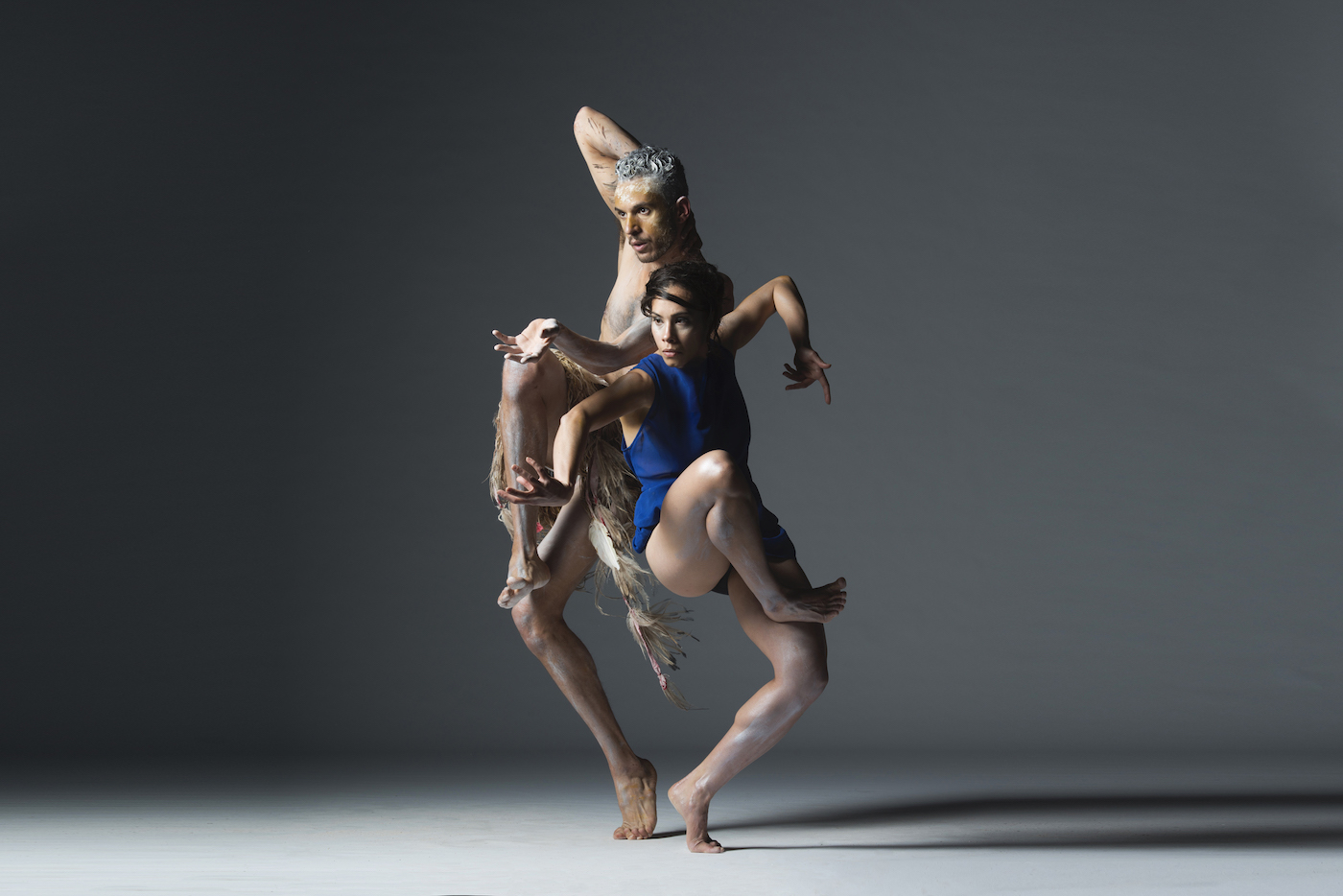
Martha Graham was nowhere to be seen, but their Aboriginal dances, their ceremonies had found a place in the concert dance stages of the world, to be seen and honored, and expressed, and gathered as a force for all to recognize. Australia has tried for centuries to disenfranchise and eliminate the Aboriginals. Now they are recognized as the true cultural ambassadors of the continent. Astonishing. Dance as I have never seen. From near elimination, to full-blooded pride, their dance has never died.
Dance in the reality you have. It is called reality, because it is real. Happy New Year.
See more










